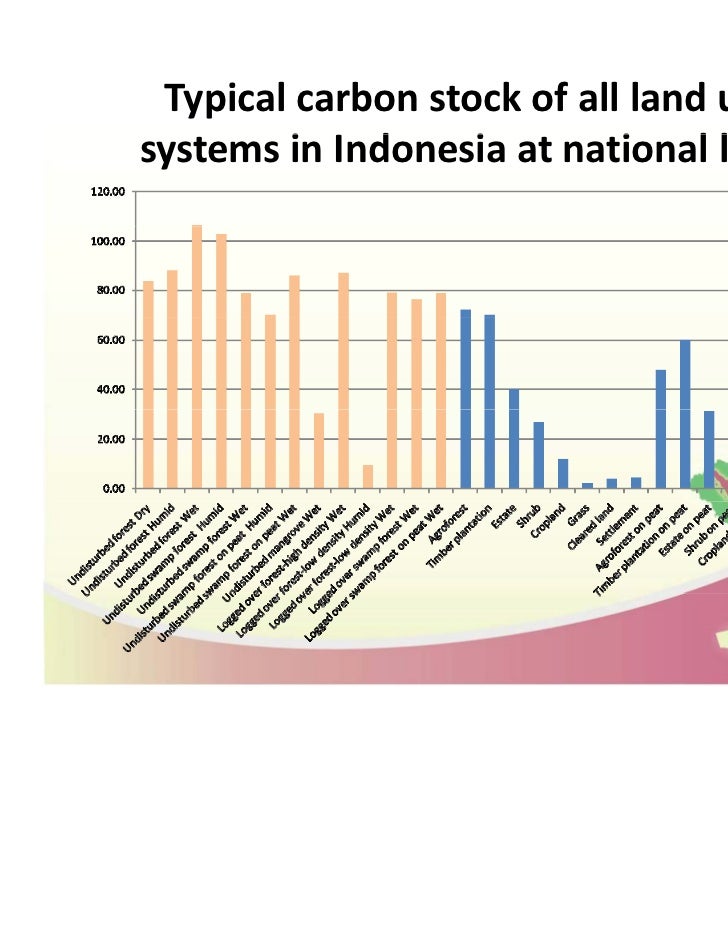Drivers Of Land Use Change Definition
Welcome to our modernized and streamlined site! Improved search features and a redesigned Resources and Publications library make for easier navigation. We've moved too, under the usda.gov websites family, where service to the public comes first. Please reach out to Keith Tackett with comments or suggestions at (484) 574-3721. Hot Searches:. new location. Great Lakes Restoration Initiative new location. The 'Silvics Manual,' published by the Forest Service Southern Research Station, is available from the source:.

Land Use Dynamics and Drivers of Change: Analysis of patterns and opportunities for REDD+ Outline 1. Forest definition, land use change and REDD+ eligibility 2. Land use ~ series of land cover types as basis for OpCost analysis: legend 3. Land cover observation land use interpretation 4. Accuracy in relation to scale and use 5. Land use, land-use change, and forestry (LULUCF) is defined by the United Nations Climate Change Secretariat as a 'greenhouse gas inventory sector that covers.
Environmental drivers In GLOBIO environmental drivers are broad categories of factors that influence biodiversity directly. The term 'environmental drivers' is synonymous with ‘direct drivers’ as used in the Millennium Ecosystem Assessment (2005) and ‘pressures’ in the Driver – Pressure – State – Impact – Response framework. GLOBIO is based on five global environmental drivers of biodiversity change:. Land use (including agriculture, forestry and urbanisation).
The land use change processes are inevitable [Karimi et al. 2017] and determined by the necessary growth of urbanisation, transport, services, and various types of.
Atmospheric nitrogen deposition. Infrastructure. Fragmentation. Climate change. Land use: people collecting wood Spatial information (maps) on these drivers forms the input of GLOBIO. For analyses on the global scale an important part of the input is generated using the Integrated Model for Assessment of the Global Environment (IMAGE).
Based on scenarios and policy options, IMAGE simulates present and future status of the drivers. However, although GLOBIO has a strong relation with IMAGE, it is equally well possible to examine the impact of drivers simulated by other models.
Land use Land use has an impact on biodiversity through the qualitative and quantitative loss of natural elements and natural vegetation in the agricultural landscape. It is not only the type of land use which matters, but also the intensity of use.
Comision Nacional Para El Conocimiento Y Uso De La Biodiversidad

In GLOBIO land use is categorised in 10 classes:. Primary vegetation. Lightly used forest. Secondary forest.
Forest plantations. Livestock grazing. Man-made pastures. Agroforestry.

Melanie Kolb
Low-input agriculture. Intensive agriculture. Urban areas Present state land use maps for GLOBIO are generated on the basis of land cover maps, such as GLC2000. The land cover maps are combined with various other data sources on land use intensity, such as data from FAO and national data. To project future land use often the IMAGE model is used, but also other models can be applied.
For national and regional analysis often the model CLUE is used to obtain more detailed output data. Atmospheric nitrogen deposition Atmospheric nitrogen deposition is included in GLOBIO using the critical load concept. Deposition above certain levels causes a negative effect on biodiversity. IMAGE is used to simulate present and future levels of N-deposition. Infrastructure In GLOBIO infrastructure comprises roads and railroads.
It has a direct and an indirect effect on biodiversity. Direct, because many animal species tend to avoid roads, being disturbed by the traffic or are unable to cross roads and railroads.
Leopoldo Galicia
Indirect, because infrastructure can attract a lot of other activities around it, such as human settlement, hunting and recreation. In GLOBIO, the main source of the present state map on infrastructure is the Digital Chart of the World. Fragmentation GLOBIO includes the effects on fragmentation in terms of the effects of patch size on biodiversity. Distance between patches is not included. For the present state, GLOBIO input on fragmentation is calculated from land cover maps, such as GLC 2000. Patch size is calculated for natural areas, i.e. All land cover categories except urban area and cropland.
For scenario-analyses future patch size is based on simulations of land use change. Climate change Climate change affects biodiversity by causing shifts in distribution ranges. The driver is included in GLOBIO using the Global Mean Temperature Increase (GMTI), an important variable in climate change scenarios. Present and future state of GMTI are simulated with IMAGE.